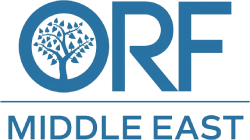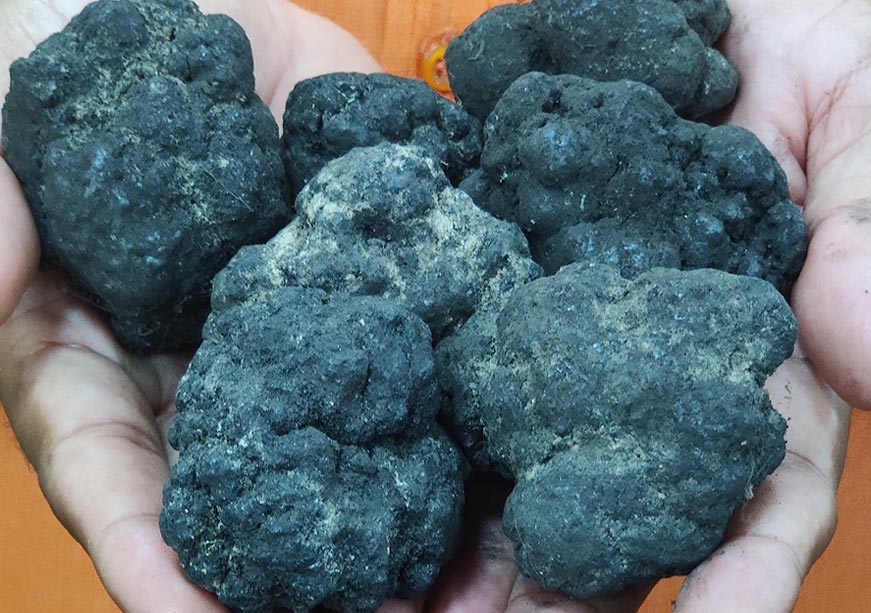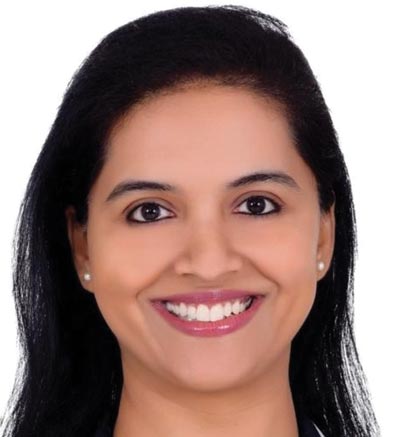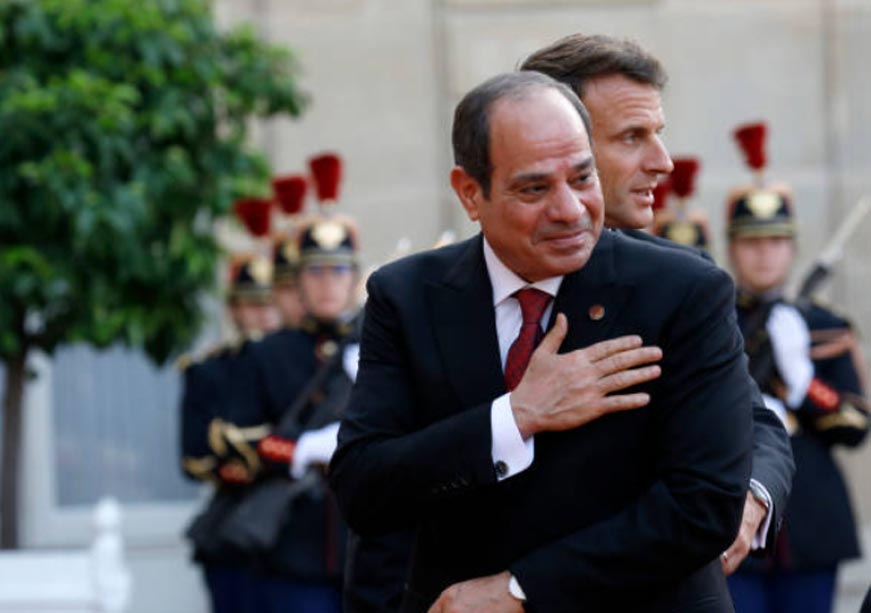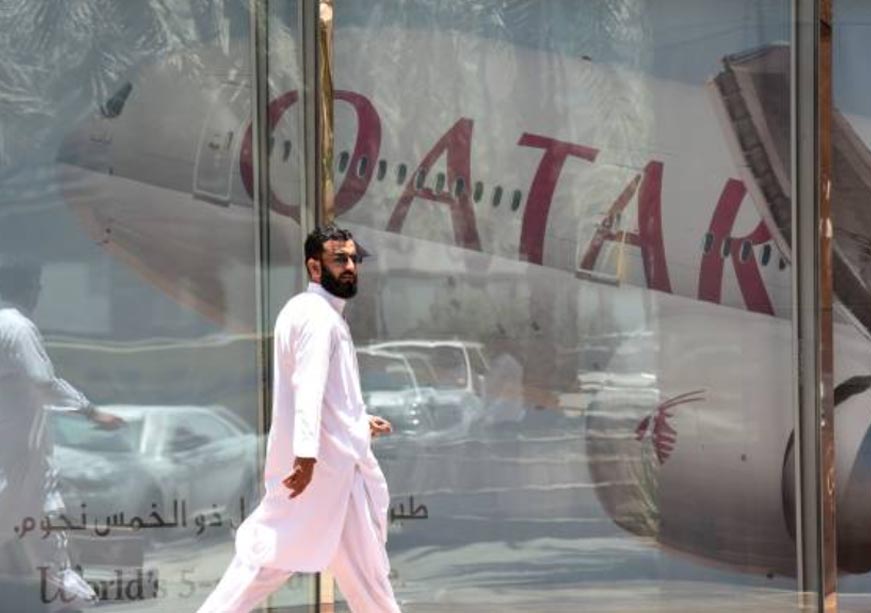While the United States (US)-China dynamic will undoubtedly curate the broader context of the subject for the foreseeable future, the global need to grapple with Chinese dominance in critical minerals is just as pertinent to countries globally as it is to the US. This is especially true because such a high concentration level is not a sustainable model, even among the most trusted partners. The Minerals Security Partnership (MSP) is an overarching umbrella under which a multilateral effort to navigate this challenge is underway. Nonetheless, a comprehensive framework such as the trilateral between India, France, and the United Arab Emirates (UAE) – as is the wont of minilaterals- could offer, perhaps, greater dexterity and efficiency in promptly coordinating a mutually beneficial strategy. As such, the trilateral is uniquely placed to draw relevant lessons from the dominant dynamic of the times and guard against it.
Critical minerals are essential to three sets of production, in particular — data centres, defence manufacturing, and transition tech/equipment— in addition to multiple other civilian use scenarios. Cooperation through joint development and coordination across semiconductors, battery technologies, data processing, renewable energy components, defence, and aerospace sectors stands at the heart of the trilateral. Critical minerals, consequently, become intrinsic to the declared agenda of the partnership.
Complementary agenda
There are three exigent issue areas built on sustainable and viable access to critical minerals where the complementarities between these countries could prove most meaningful:
- Data centres are integral to the plans of all three partners, who share a consensus on data being the new currency of power. In addition to their role in the analytics infrastructure, the energy intensity of these data centres also demands critical minerals to introduce efficiency by regulating energy consumption patterns onsite, making a reliable supply chain essential to the trilateral. Further, the countries have committed to a spectrum of applications of data centres powered by these critical minerals, from quantum computing to the creation and maintenance of smart grids and smart city infrastructures.
- Defence manufacturing and creating its corresponding viable industrial and innovation platforms is a national priority for each of these countries, which also see members of the trilateral as trusted defence partners. The avowed focus on advanced defence applications, including enhanced precision features, laser guidance, missile propulsion, and stealth capabilities, among many others, creates substantive demand drivers for critical minerals.
- Commitment to the Paris Agreement is a distinguishing feature of the international agenda of all three countries. At a time when the motivations for the energy transition and environmental concerns regarding the environment are being recalibrated by principal actors such as the US, it becomes incumbent upon countries that continue to value the Paris Agreement’s essence to ensure momentum in the field. The trilateral agreement commits to cooperating in energy and forging an alignment in economic, technological, and social projects by keeping to the principles of the Paris Climate Agreement. A robust and reliable critical mineral supply chain is a prerequisite for fulfilling these objectives.
Based on these aligned objectives, India, France, and the UAE can effectively propel the commitments of the Paris Agreement and the Conference of the Parties (COP) movement forward by enmeshing their transition goals with the pursuit of reliable critical mineral supply chains that would prove decisive in powering their industrial, defenee, Artificial Intelligence (AI), and low-carbon ambitions, particularly in the domains of solar and nuclear energy.
Complementary strengths
India has significant rare earth deposits, which have suffered from limited mining and processing abilities. It also has a comparative advantage in affordable research and development (R&D) networks in the domain and the chemicals industry. This is relevant to the use cases of critical minerals in industrial applications. Furthermore, compared to actors such as China, India enjoys a much better reputation locally in Africa on matters of economic engagement and extractive processes. As a trusted member of the Global South, New Delhi could effectively harness its position to benefit both the trilateral and the critical mineral-rich African countries trying to move up the value chain.
France brings cutting-edge R&D to this partnership, across data centres, defence and transition architecture. France has also begun undertaking significant geological mapping for recoverable domestic critical minerals and has been working on building effective midstream processing focused on generating downstream applications. The French are also world leaders in human resource training in geology and mining, and could bring this strength to bear in training the deficient workforce in the sector today.
The UAE has expertise in developing smart grids, running data centres, and adopting AI across sectors. The country has a distinct strength in supplementing efforts in domains that typically have long project lead times, something that the expensive pathways of critical minerals tend to suffer from. The UAE has also been engaging proactively with the African continent (Democratic Republic of Congo, Angola, Kenya, and Zambia) to develop critical mineral mines, where its relative strengths in the field have helped make constructive headways.
Synergising strengths
Recycling and waste recovery: By situating recycling and waste recovery at the centre of what can be a circular critical minerals ecosystem, the trilateral could offer a more lucrative, less expensive, and more sustainable model of doing business, while propelling the COP movement forward. Central to this effort would be a systematic creation of recycling infrastructure built to harness valuable critical minerals through waste extraction from end-of-life technologies. A best-practices repository in the field could be a start.
Sharing of expertise in processing: The trilateral limits the comparative advantages in processing. However, the relative expertise in the field, such as India’s processing of copper and manganese and France’s proficiency with hafnium, could bring value to the partnership. Similarly, the UAE’s proposed collaboration with Italy, which proposes to explore the potential for processing in addition to the rest of the value chain, could also benefit the partnership by sharing technical expertise.
Alternative materials: The three partners could collaborate to invest in technologies and patents to build equipment that reduces the use of rare earths. This is similar to the model of redressal adopted by Japan to address its over-dependence on Chinese supplies following the 2010 export restrictions. Successfully identifying and viably harnessing alternative materials could substantially reduce supply chain stress.
Technology patents: Advances in recycling technologies and the effective use of alternative materials could alter demand impulses. Consequently, technology patents related to such discoveries could emerge as new currencies of power negotiations in future climate negotiations. Within this context, the trilateral could coordinate a proactive strategy based on transparency and resilience.
Capacity-building and value-addition from mine-to-market: The trilateral could proactively work towards partnering with African countries to forge more sustainable sinews of cooperation in the critical minerals ecosystem and work towards bypassing the mistakes of the hydrocarbon economy. Nurturing open discussions on setting standards, transparent and sustainable access to capital, labour terms, sustainable mining practices, and fair market access would be useful. India could use its legacy of constructive, need-based development cooperation on the continent in a meaningful manner to build, through this trilateral, a model of engagement wherein value addition is an agenda for every participant. As these countries look toward capacity building and skill training to aid their populations generate value in mid-stream processing and downstream applications, India, France, and the UAE are well placed to offer their strengths in the field.
Viable alternative financing models: In forging mutually beneficial ties with the African continent in this sphere, the trilateral would also study the features of China’s mining outreach and investments to understand what viable alternative financing models may look like. The French, on their part, have been exploring models of financing critical minerals projects that would allow them to underwrite viable lines of credit. India and the UAE could bring their experience in development finance to help customise the French model to the African experience.
The use of AI and Machine Learning (ML) models in mining processes and equipment: One of the reasons China was able to capture the critical minerals market is that the devastating ecological and environmental costs of the highly extractive mining and processing operations were willingly eschewed by other countries globally. It would be useful to think about how these three countries could collaborate to devise a technology that could help offset these by-products of the production and mining chains- something that the use of AI and ML models in mining processes and equipment could effectively address.
It would be long before any of these three countries, whether independently or in partnership, could exert a sizeable impact on the global critical mineral value chain, the way the US and China can today. Yet, it is useful to appreciate the size of the combined market and the purchasing power the trilateral brings to the table. Proactively exploring these themes of cooperation in the critical minerals ecosystem, where they may be aligned with the agreement’s essence, can enable a marginal but meaningful change in the domain. Insofar as this could be achieved, the stranglehold of the old fossil fuel playbook, replete with lopsided benefits, may gradually begin to weaken, if not dissipate over time.
Cauvery Ganapathy is a Non-Resident Fellow at the Observer Research Foundation- Middle East
